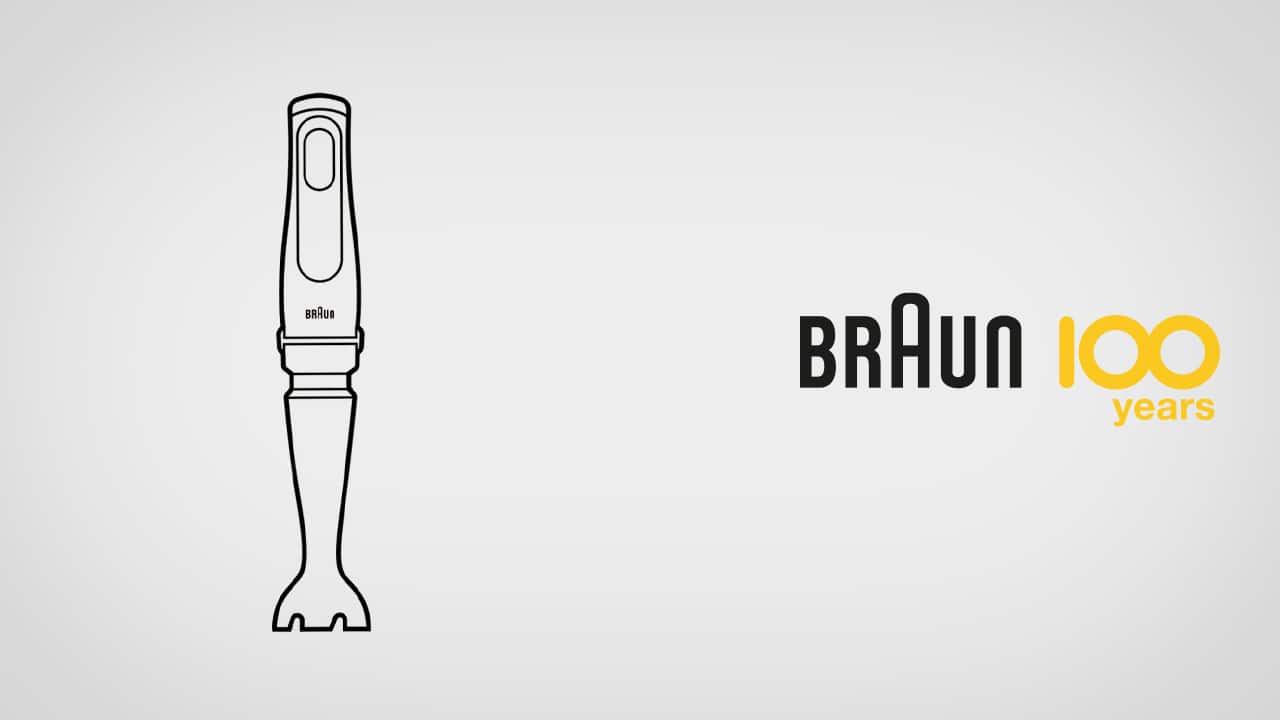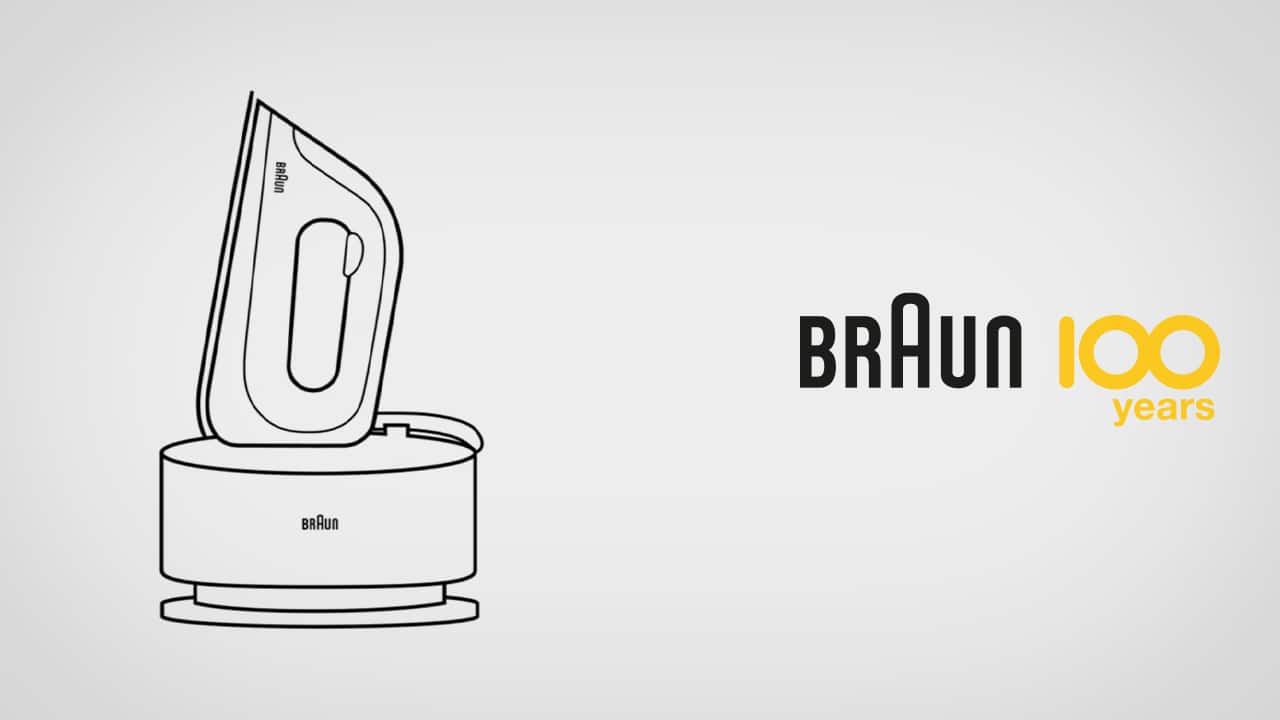Discover our products





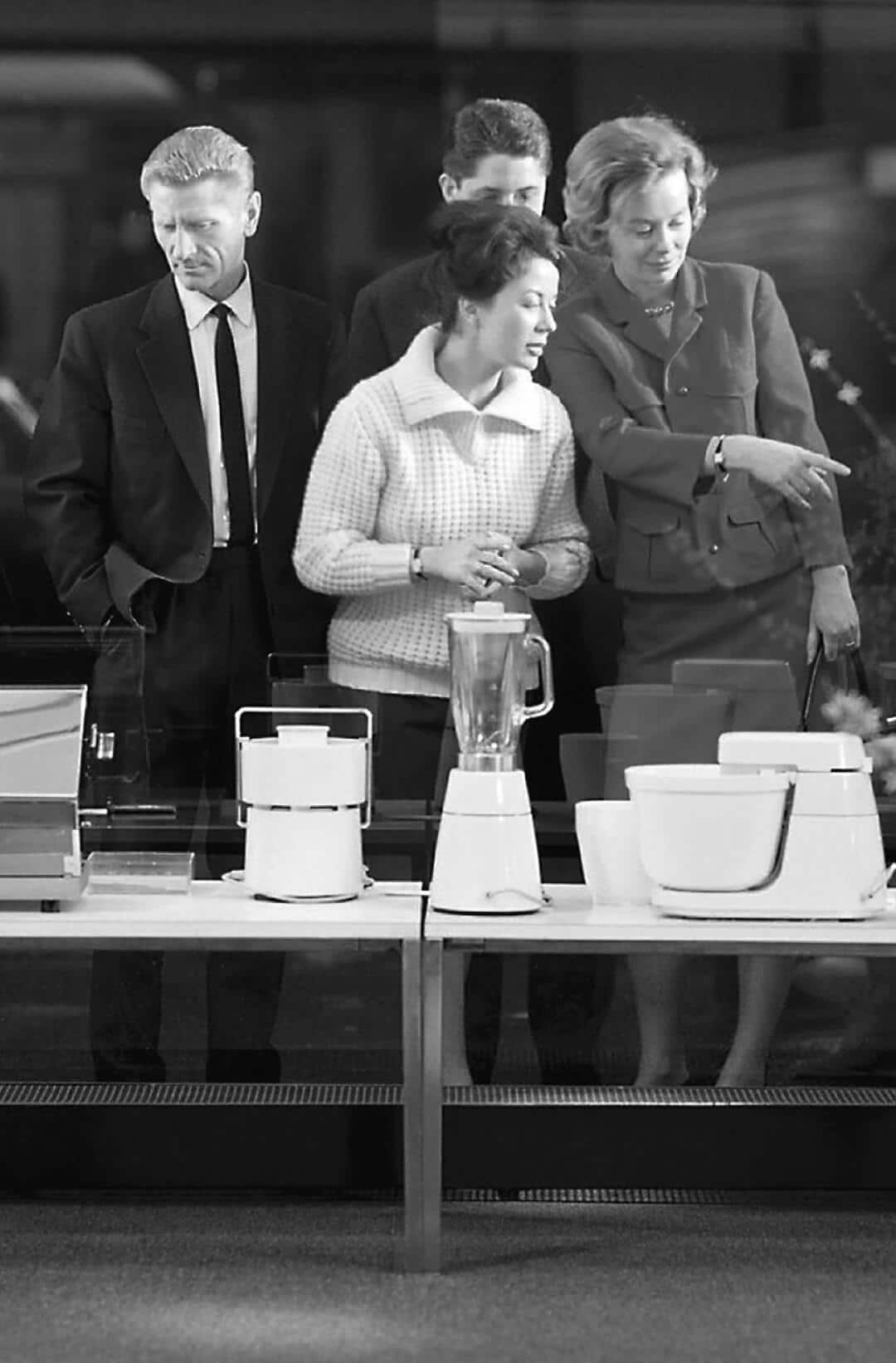
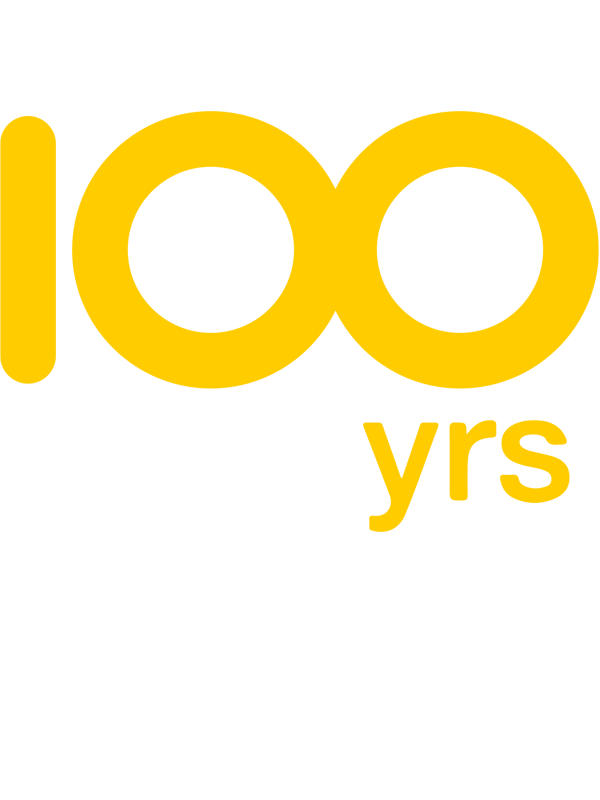
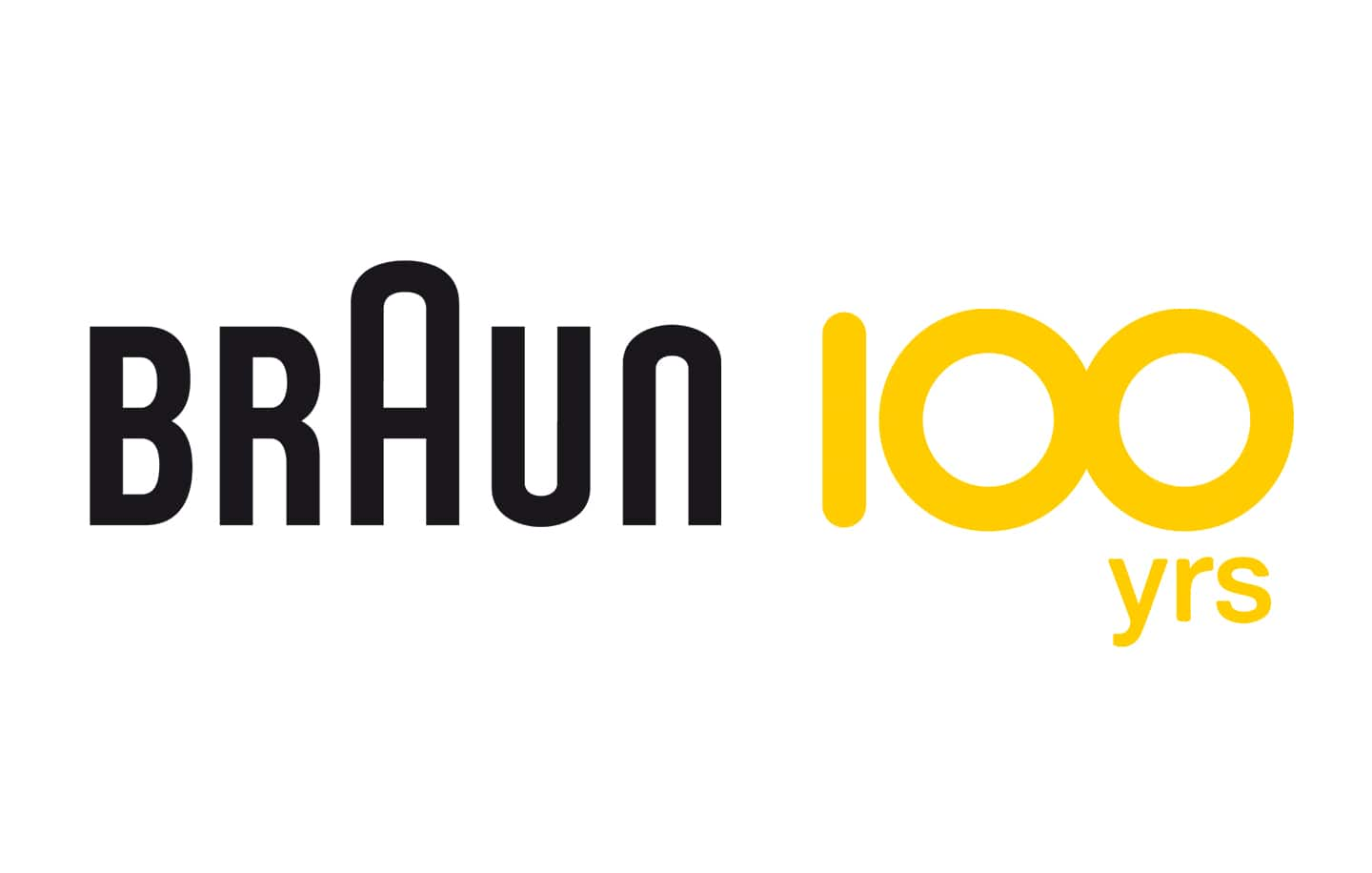
From the everyday things. To a better future.
Enkelt.
Design som ikke kommer i veien. Med den enkle anvendelsen av trykk – klikk – så får du det vil ha. Ikke mer enn det behøver å være. Det betyr at du kan fortsette med det du ønsker å gjøre.
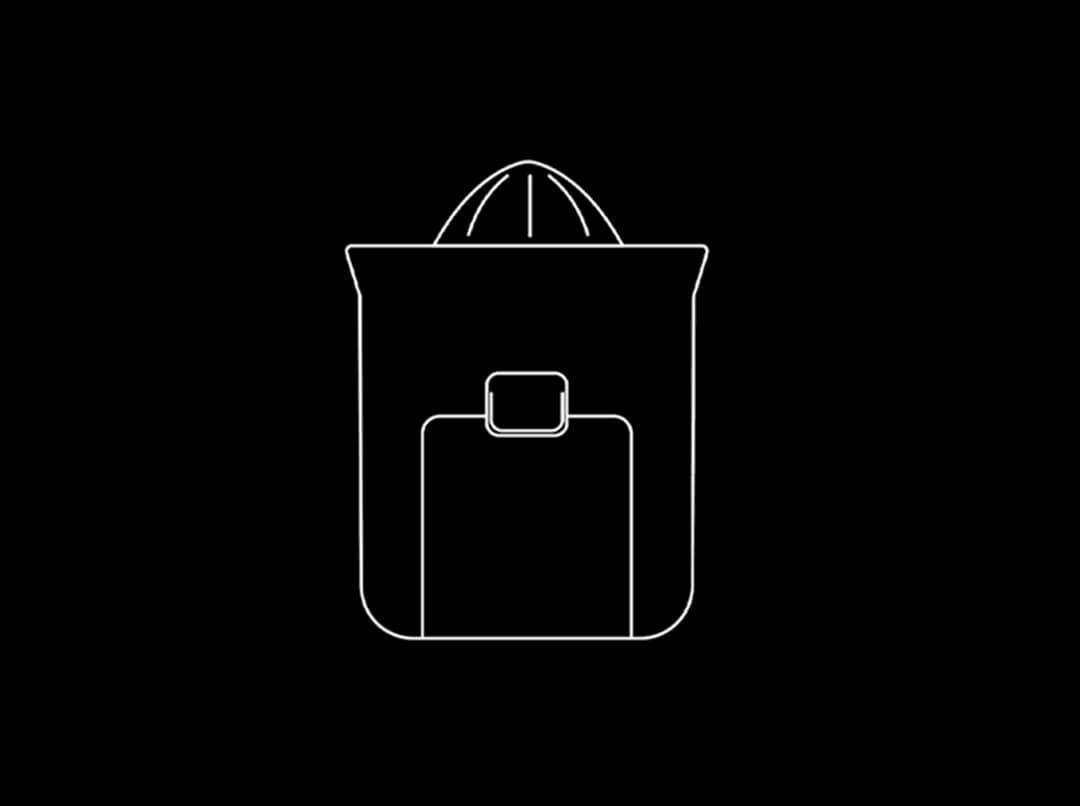
Praktický.
Všechno má svůj smysl. Lidský problém, který je třeba vyřešit. Až do nejmenších detailů. Protože dobrý design by neměl nechávat nic stranou, je důkladný a má svůj důvod. Design pro design neexistuje.
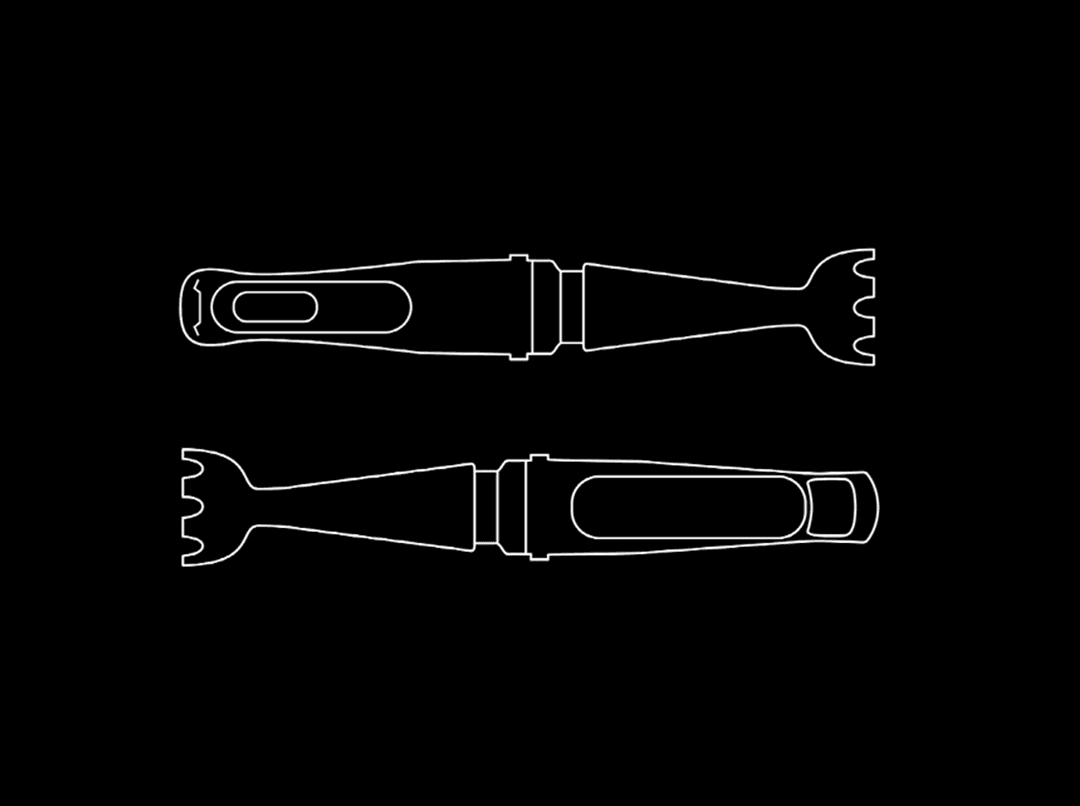
Built to Last.
When something has been designed well. It doesn’t need anything new, there is no obsolescence - it doesn’t dominate or take over. It lasts. Better for the environment, better for people.
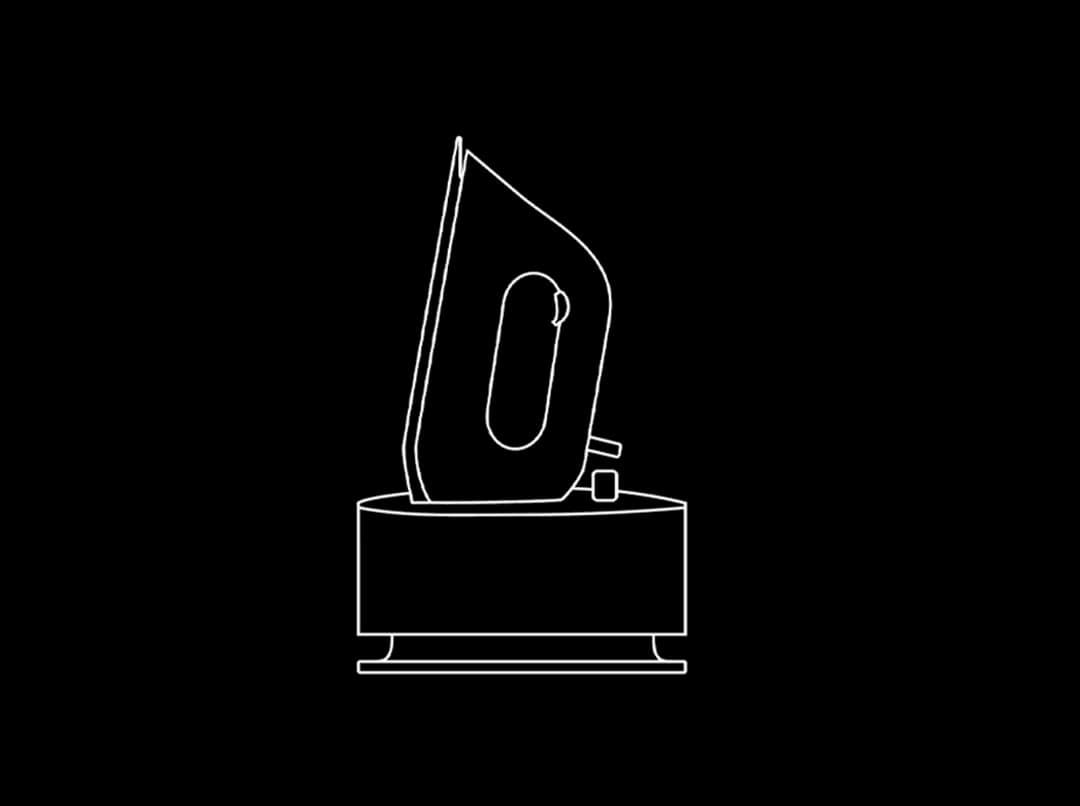
Více informací o naší limitované edici ke 100letému výročí najdete tady.
Assunto come architetto per riprogettare gli uffici della Braun, Dieter Rams è ora un designer di punta; ha sviluppato il memorabile linguaggio di design di Braun e ha definito i 10 principi del buon design, un manuale di design importante ancora oggi.
1 Il buon design è innovativo.
Le possibilità di innovazione non sono, in alcun modo, esaurite. Lo sviluppo tecnologico offre sempre nuove opportunità di design innovativo.
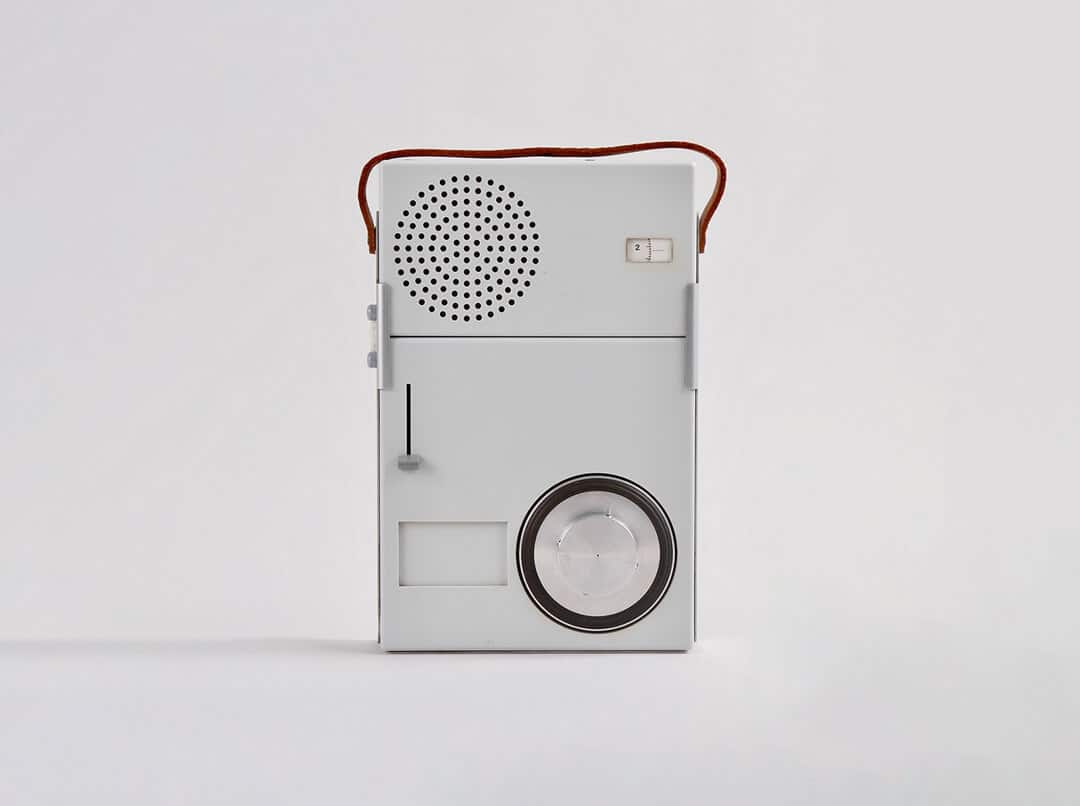
2 Il buon design rende utile un prodotto.
Un prodotto viene acquistato per essere utilizzato. Deve soddisfare certi criteri, non solo funzionali, ma anche psicologici ed estetici. Un buon design enfatizza l’utilità di un prodotto, ignorando qualsiasi aspetto che possa ridurne la funzionalità.
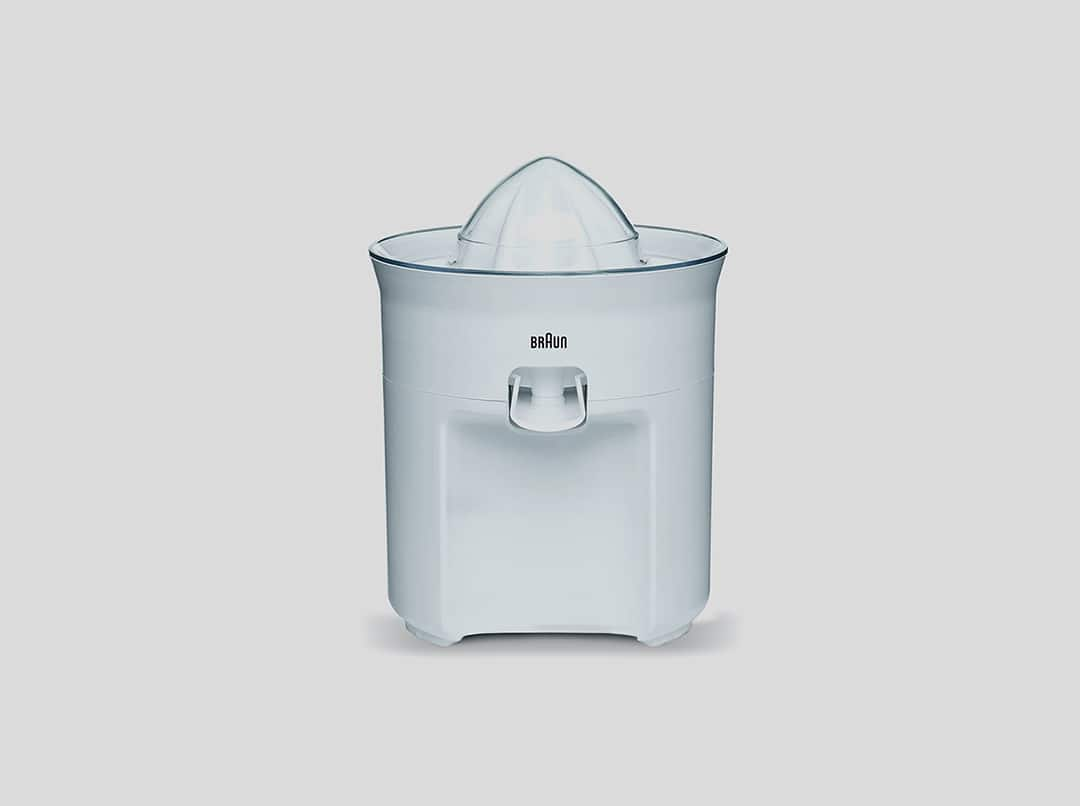
3 Il buon design ha una bella estetica.
La qualità estetica di un prodotto è parte integrante della sua utilità, perché i prodotti che usiamo ogni giorno influenzano la nostra persona e il nostro benessere. Ma solo gli oggetti ben progettati possono essere belli.
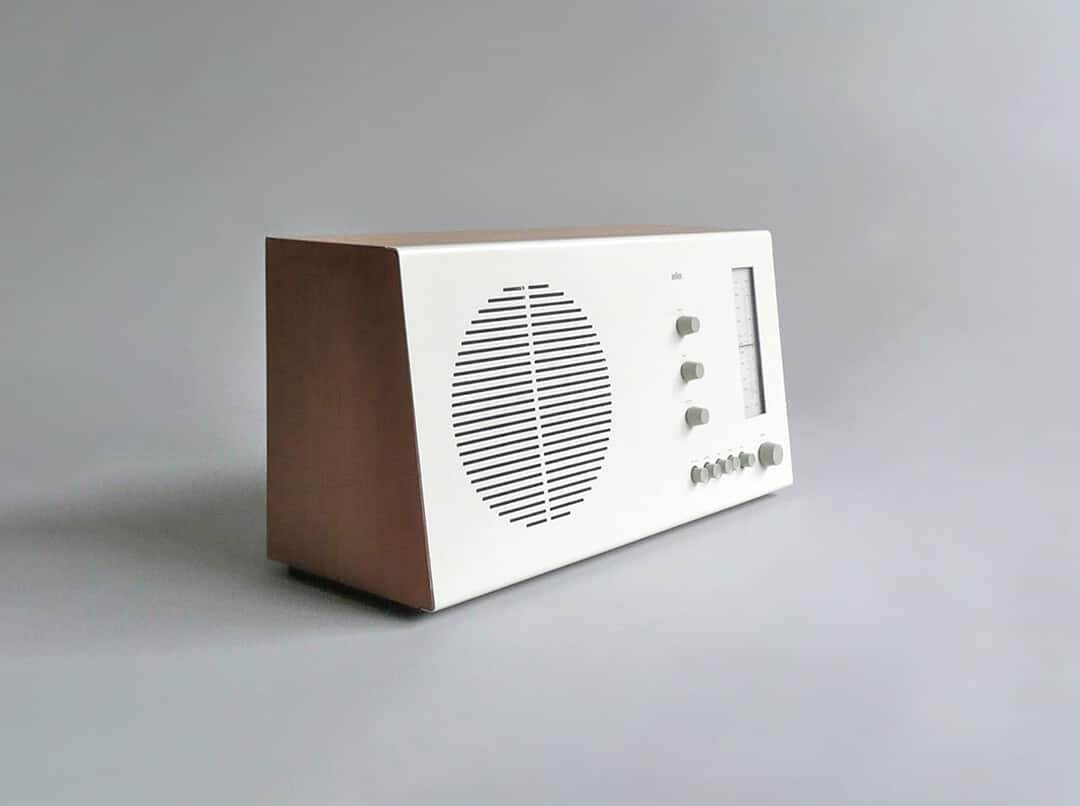
4 Good design makes a product understandable.
It clarifies the product’s structure. Better still, it can make the product talk. At best, it is self-explanatory.
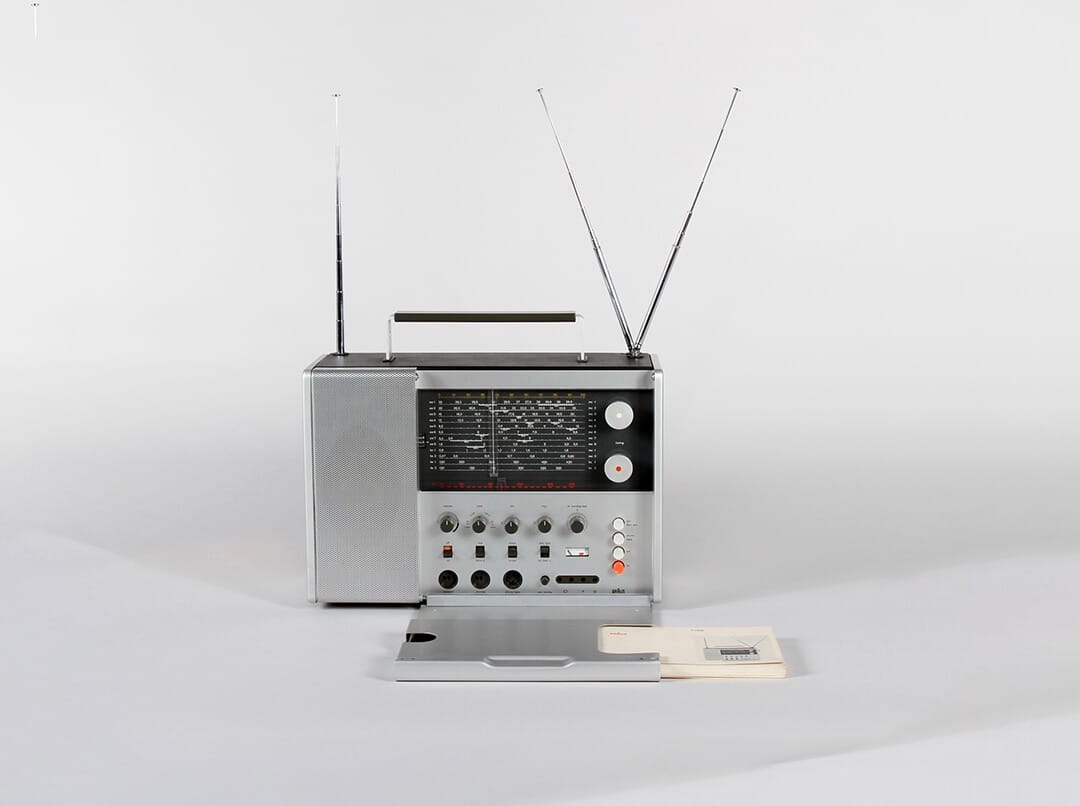
5 Good design is unobtrusive.
Products fulfilling a purpose are like tools. They are neither decorative objects nor works of art. Their design should therefore be both neutral and restrained, to leave room for the user’s self-expression.
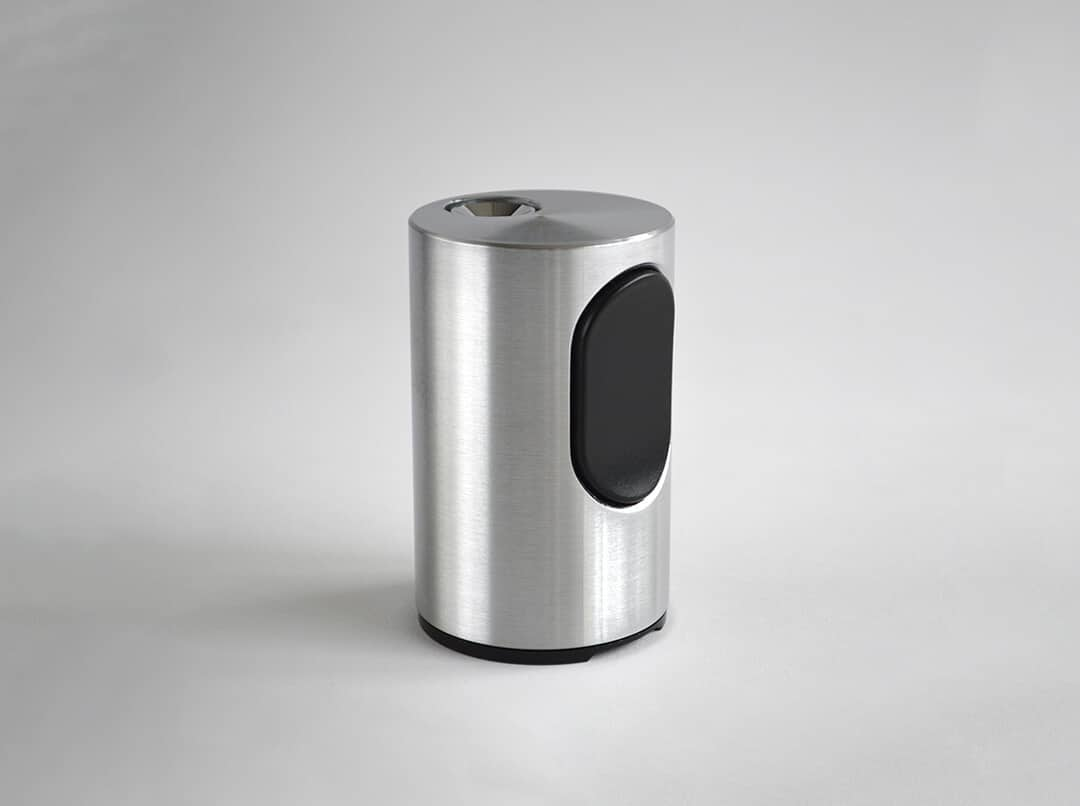
6 Good design is honest.
It does not make a product more innovative, powerful or valuable than it really is. It does not attempt to manipulate the consumer with promises that cannot be kept.
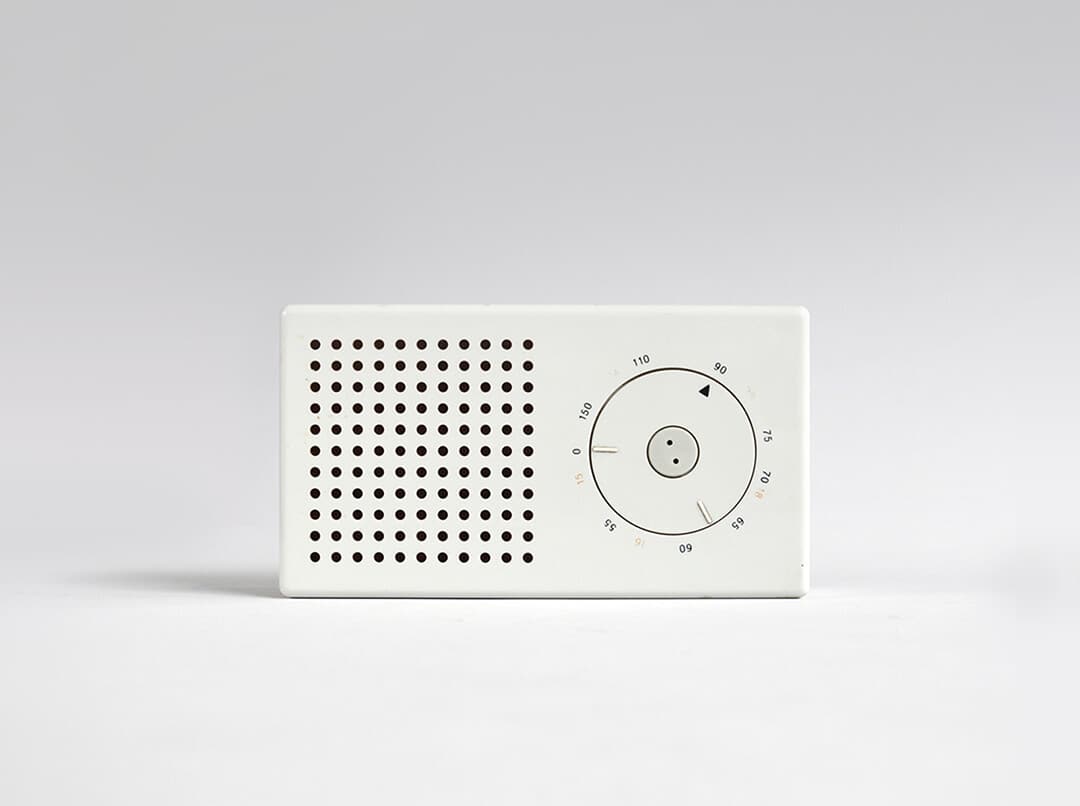
7. Gutes Design ist langlebig.
Sie vermeidet ein modisches Aussehen und wirkt daher nie antiquiert. Anders als modisches Design hält es viele Jahre – auch in der heutigen Wegwerfgesellschaft.
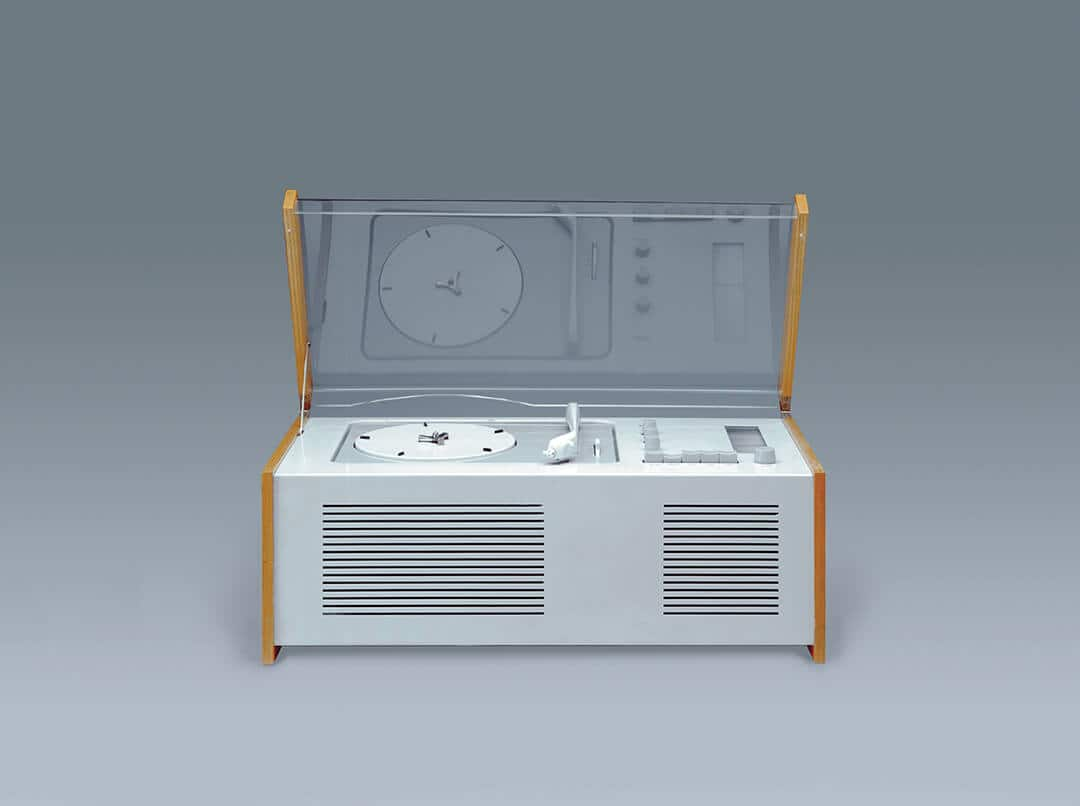
8. Gutes Design ist bis ins letzte Detail durchdacht.
Nichts darf willkürlich sein oder dem Zufall überlassen werden. Sorgfalt und Genauigkeit im Designprozess zeigen dem Verbraucher gegenüber Respekt.
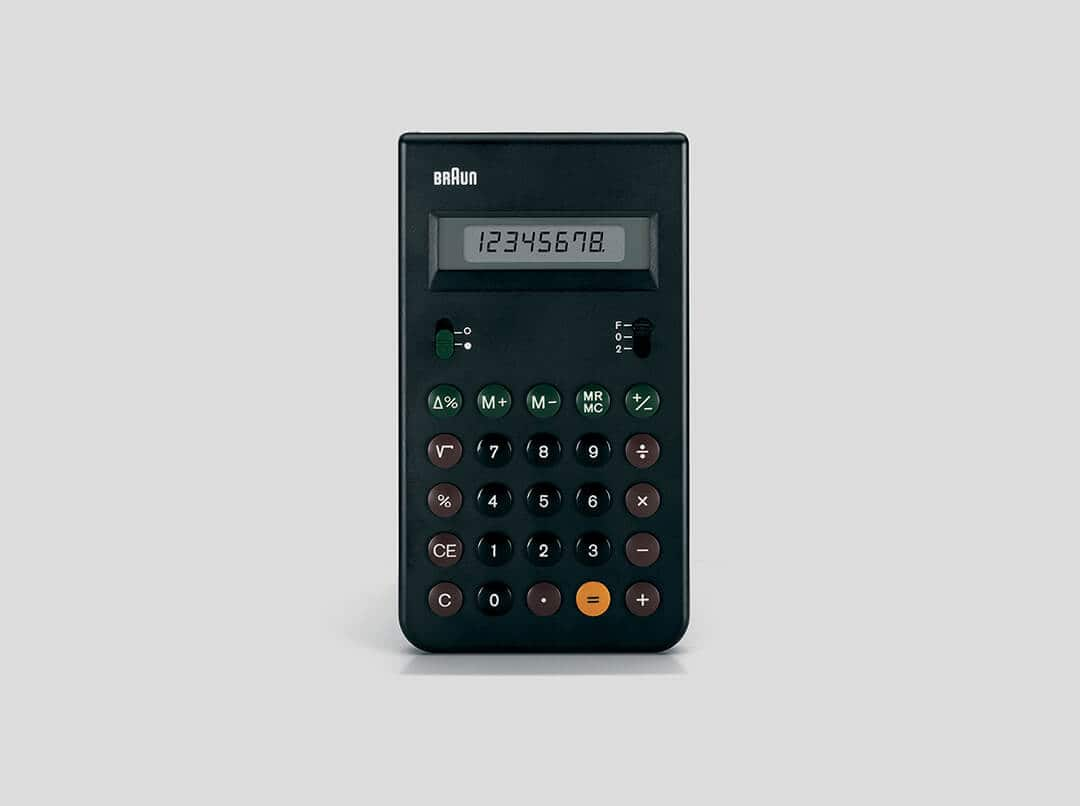
9. Gutes Design ist umweltfreundlich.
Das Design leistet einen wichtigen Beitrag zum Umweltschutz. Es schont die Ressourcen und minimiert die physische und visuelle Verschmutzung während des gesamten Lebenszyklus des Produkts.
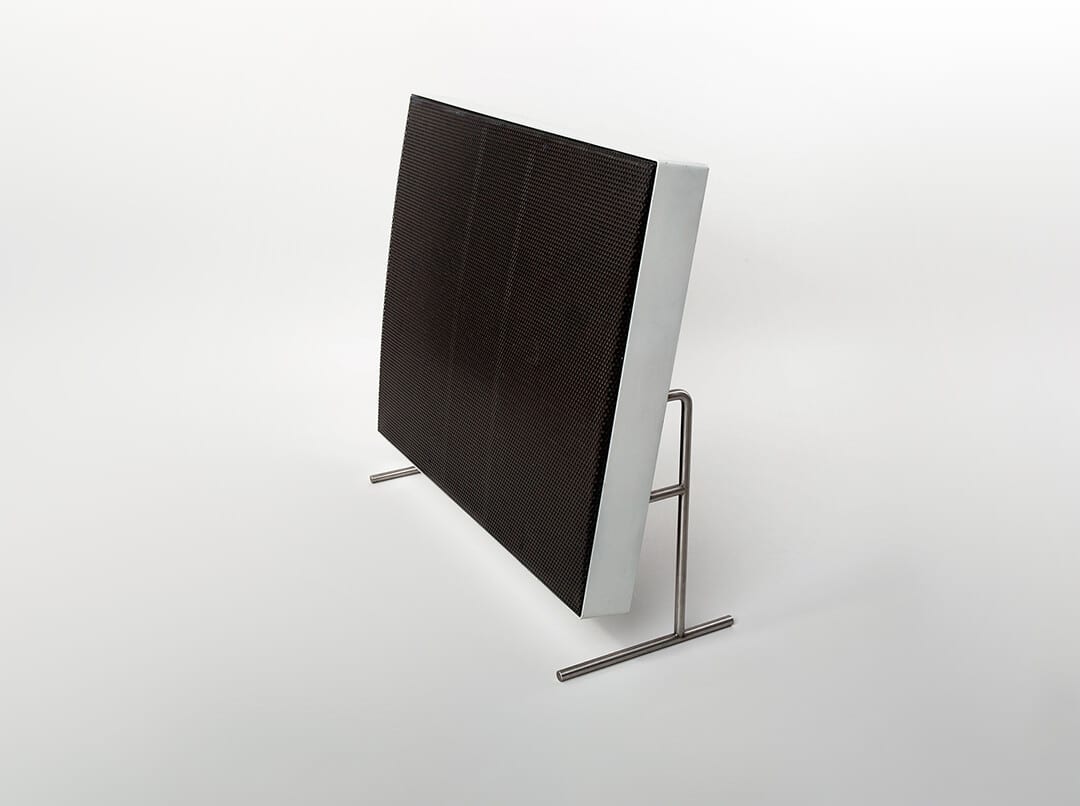
10. Gutes Design bedeutet so wenig Design wie möglich.
Weniger, aber besser – denn es konzentriert sich auf das Wesentliche und die Produkte werden nicht mit Unwesentlichem belastet. Zurück zur Reinheit, zurück zur Einfachheit.
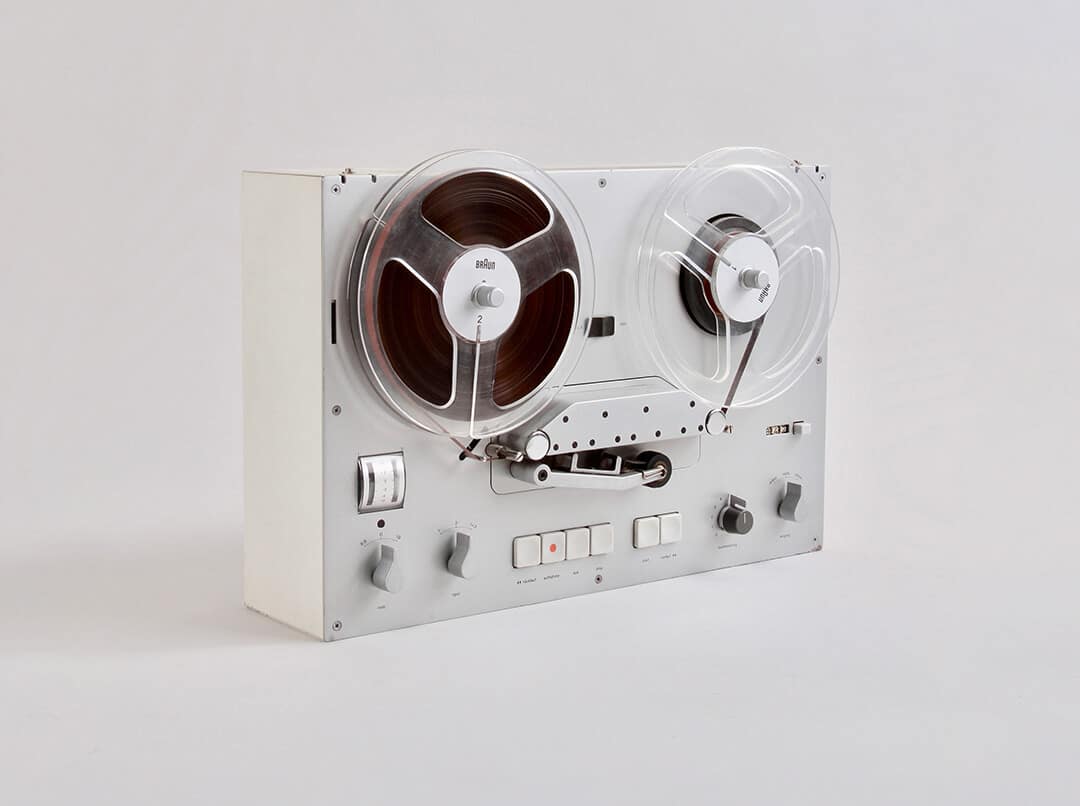
1953 | Fabbrica Braun
Frullatore Braun Multimix
Negli anni ’50 il milkshake divenne un caposaldo del mondo occidentale, in parte grazie al Multimix, il frullatore all’avanguardia con un mixer rimovibile in vetro. Taglia gli ingredienti con un'efficacia industriale. Ancora ampiamente in uso oggi.
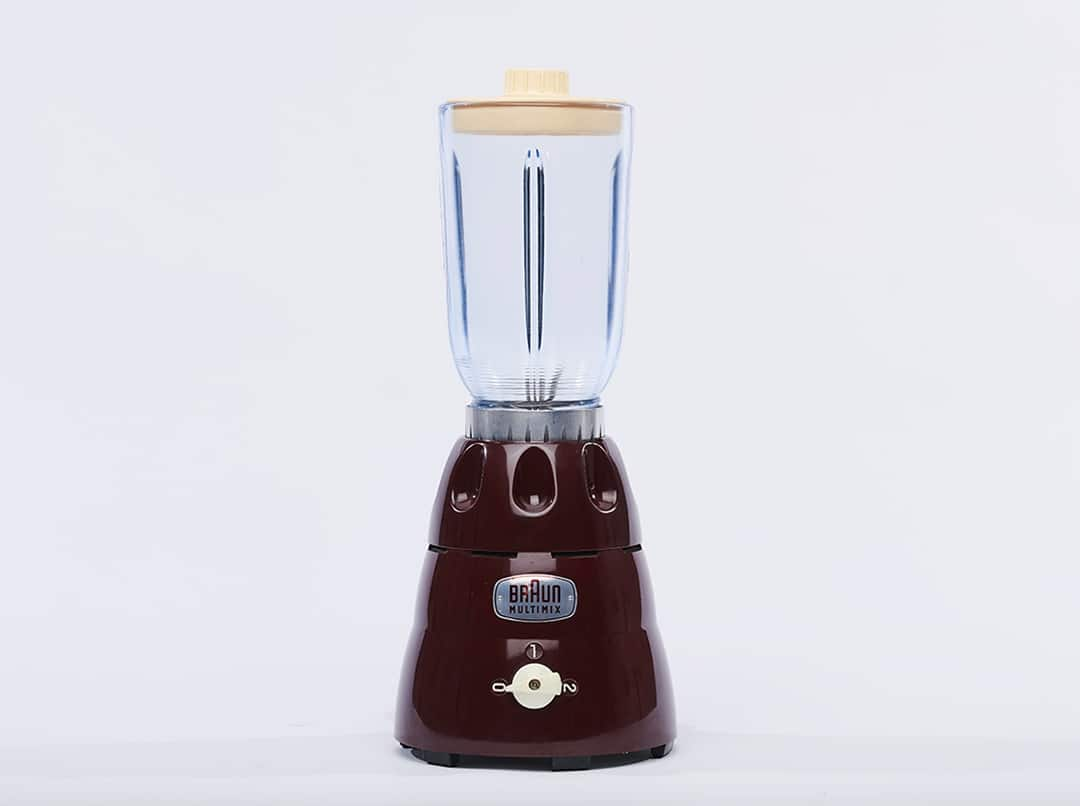
1957 | Gerd Alfred Müller
KM3/31
Un frullatore, o “processatore di alimenti” come veniva chiamato, ha dato origine a una categoria di prodotti nuovi: i “robot da cucina”. Con il suo design minimalista, semplice e utile, è uno dei prodotti industriali più influenti di sempre.
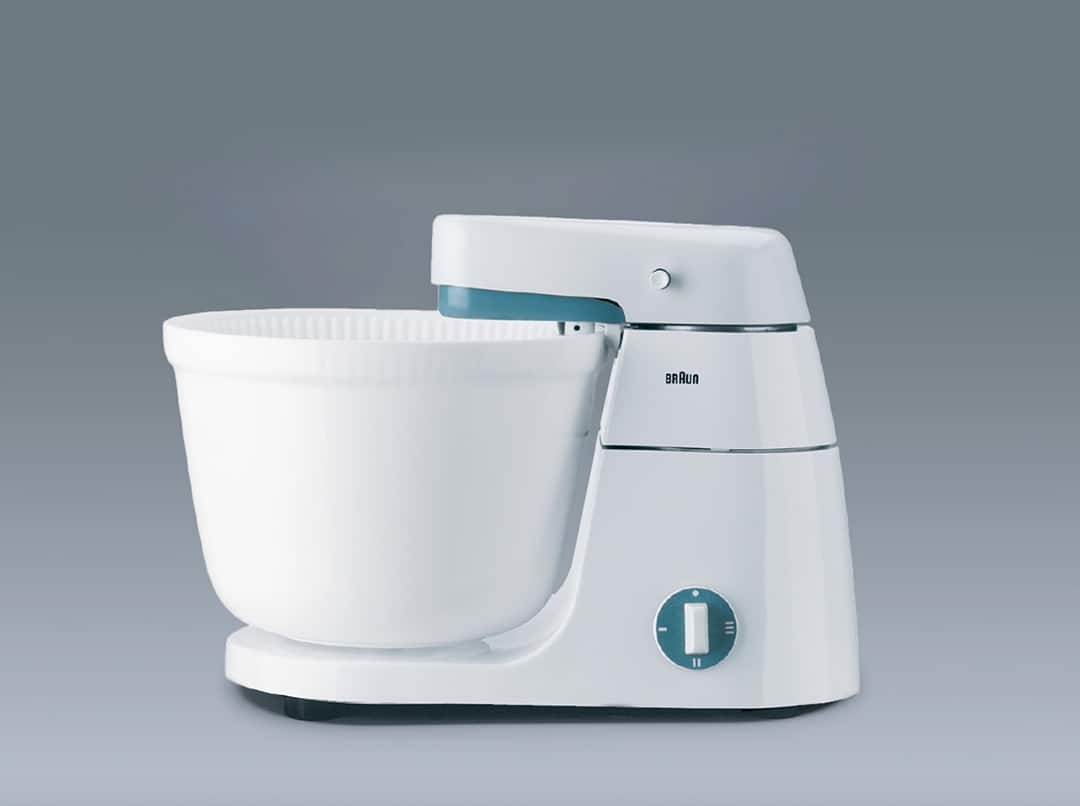
1963 | Reinhold Weiss
KSM 1/11
Non esiste design più minimalista di questo: un macinino per caffè dalla struttura così mirata che è sufficiente un solo pulsante centrale per farlo funzionare. Bastava schiacciare con un dito per avere chicchi finemente macinati.
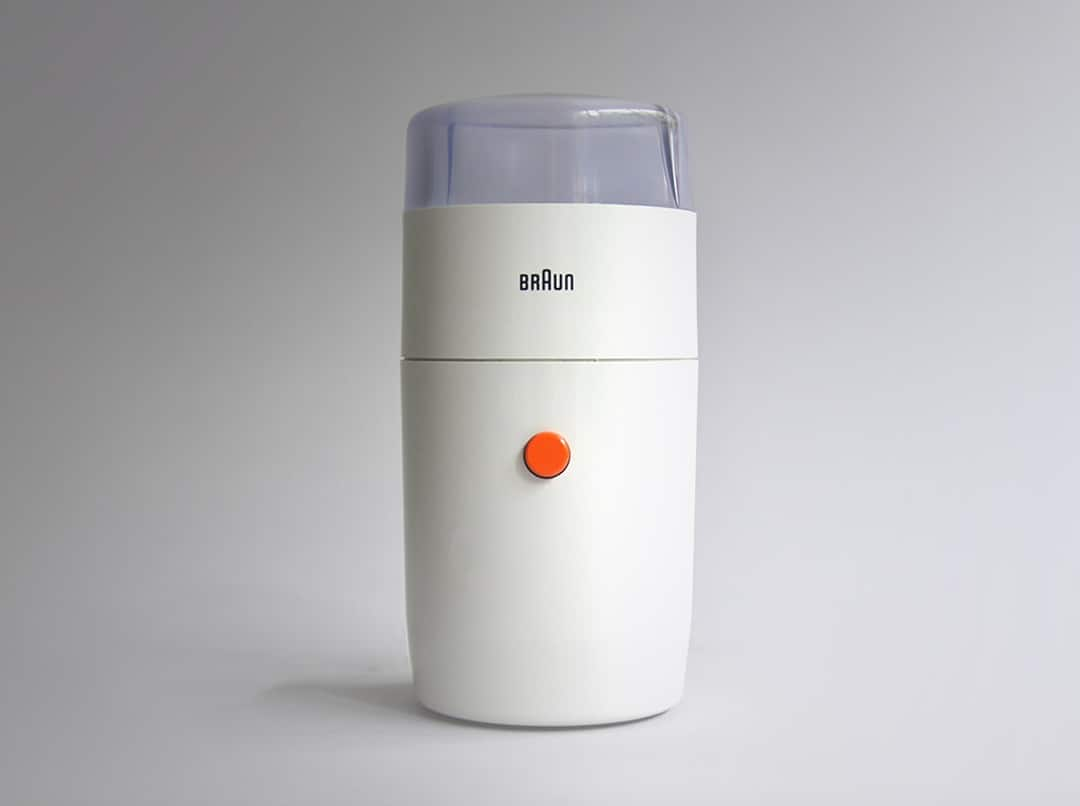
1963 | Reinhold Weiss
HT 2
Il design elegante e ridotto di questo tostapane ha ispirato il rinomato artista Richard Hamilton che su questo design ha addirittura basato una delle sue opere (intitolata giustamente “Toaster”). Non da ultimo, tostava il pane alla perfezione.
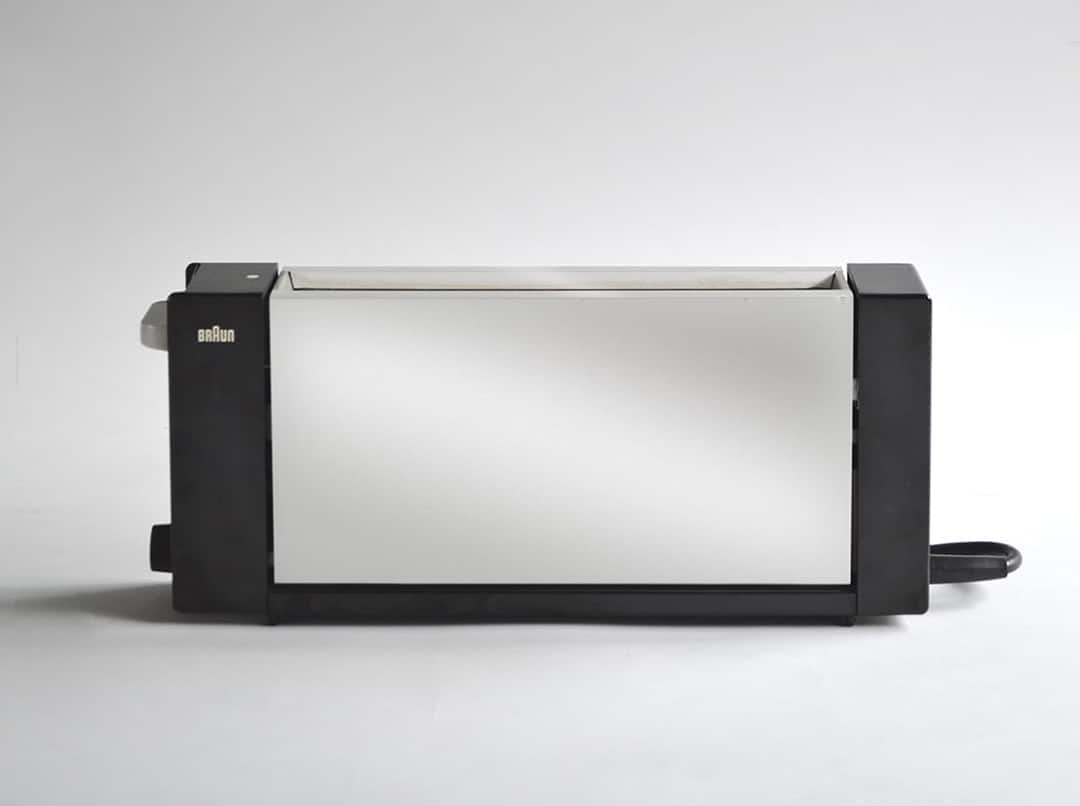
1972 | Florian Seiffert
KF 20
With a stacked, vertical design that resembled a water tower, the KF 20 was known as the Aromaster. Instantlyrecognizable for its unciventional shape, this coffee maker added a touch of the exrtaordinary to everyday morning filter coffee.
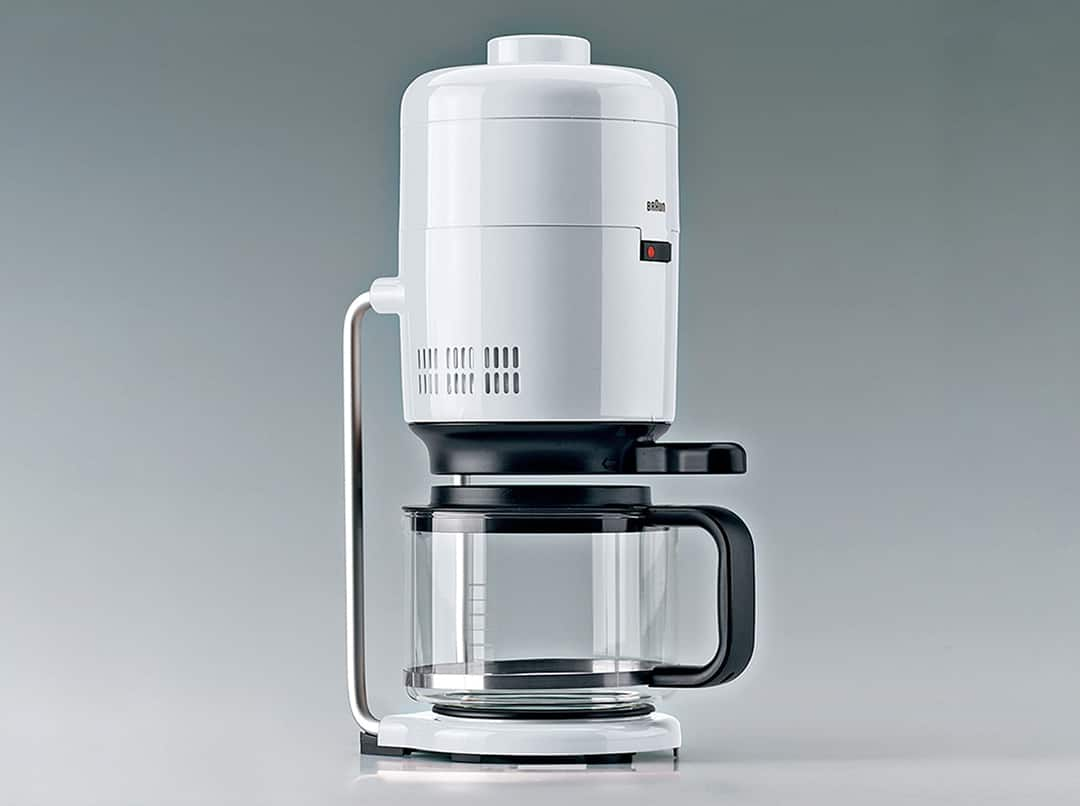
1972 | Jürgen Greubel, Dieter Rams
MPZ 22
This electric juicer, also known as the citromatic, was a dependable and incredibly easy-to-clean staple of kitchens across the world for decades. It took over two decades before Braun decided an update to the original design was due.
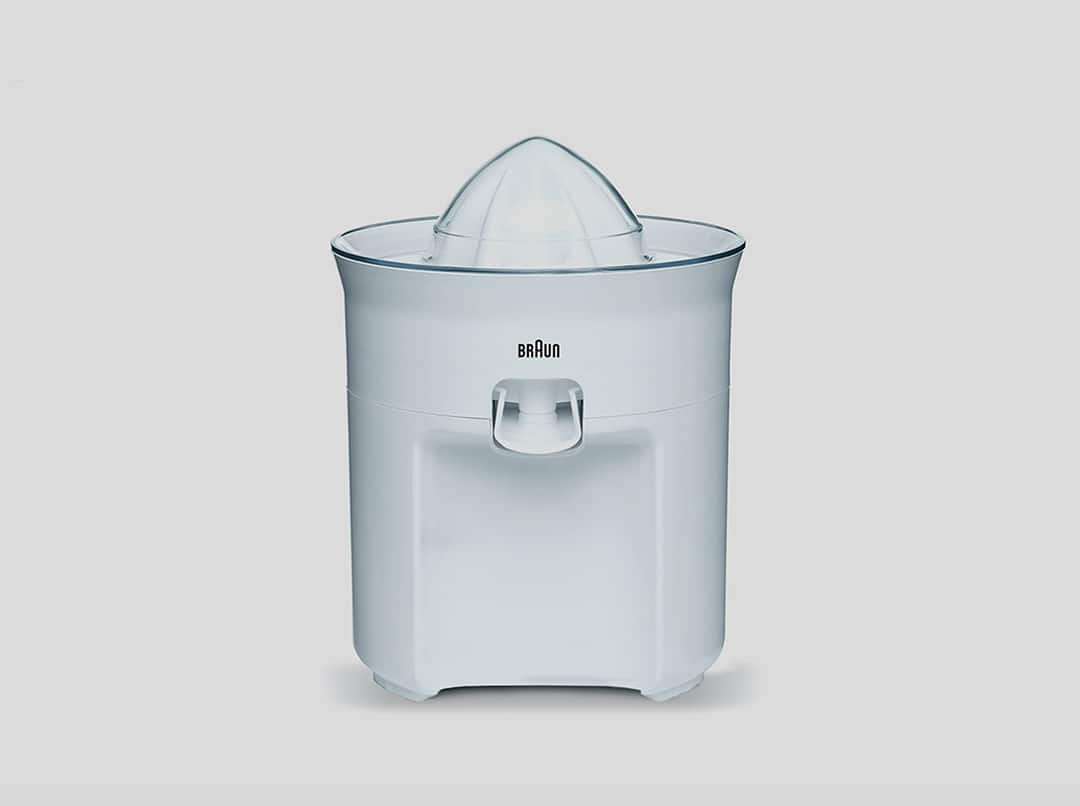
1981 | Ludwig Littmann
MR 6
A precursor of the more sophisticated MR 500, the MR 6 was sturdy and tough, meaning it could blend foods that´other products couldn't handle. An important stepping stone on the way to perfecting the handheld blender.
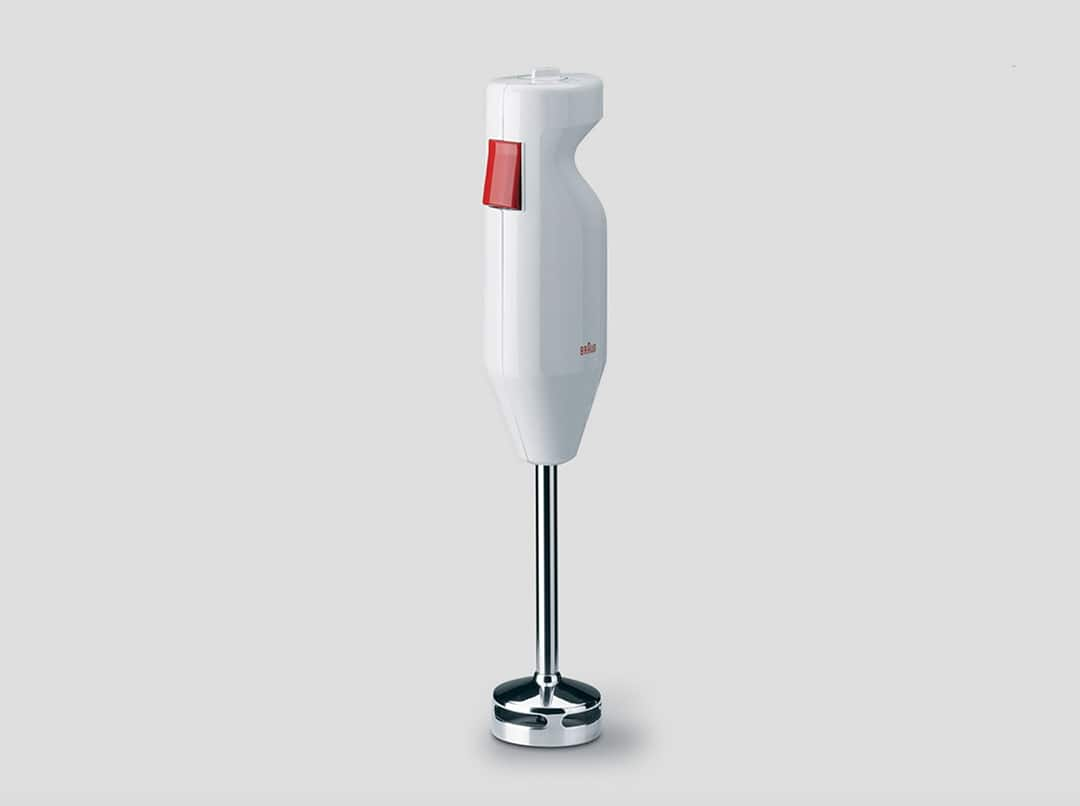
1984 | Hartwig Kahlcke
KF 40
This coffeemaker was somehow controversial within Braun, being made of cost-efficient polypropylene rather than sturdier polycarbonate, Braun's go-to plastic. Hence the KF 40's corrugated surface states a design solution that won over Dieter Rams.
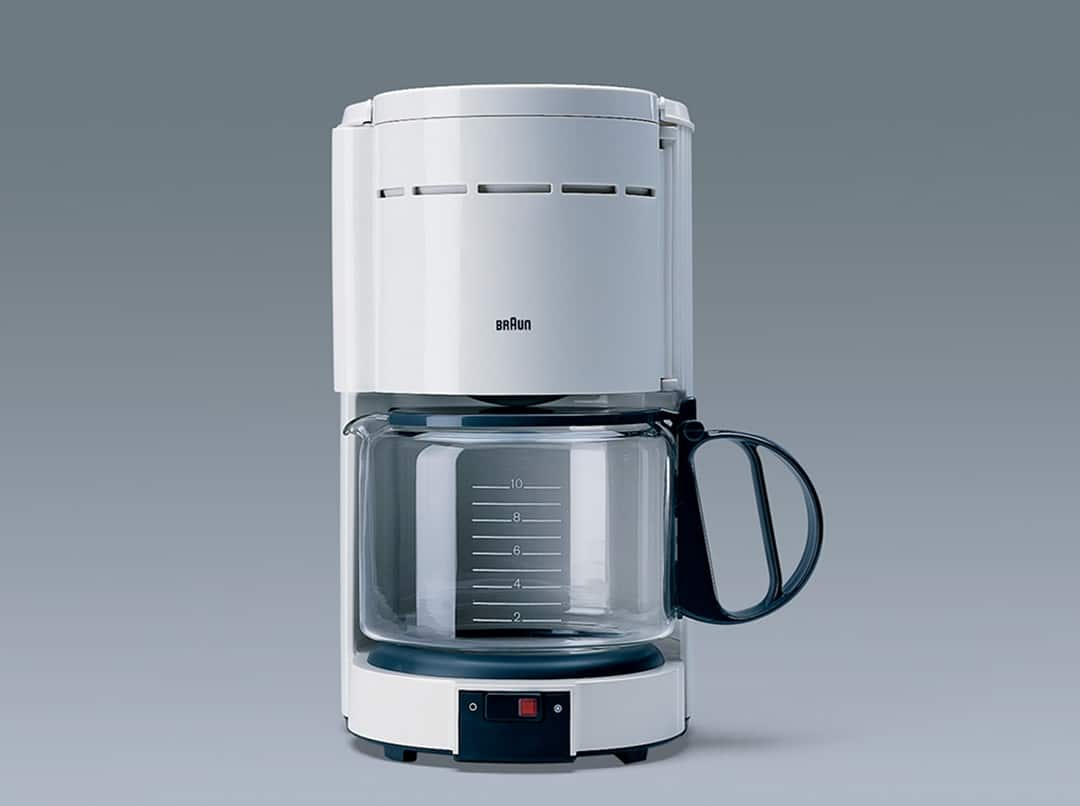
2016 | Markus Orthey, Ludwig Littmann
MultiQuick 9
An all-round food blender that condensed the functionalities of devices many times its size into a simple, handheld 'wand'. The definition of reduced design: compact, yet powerful.
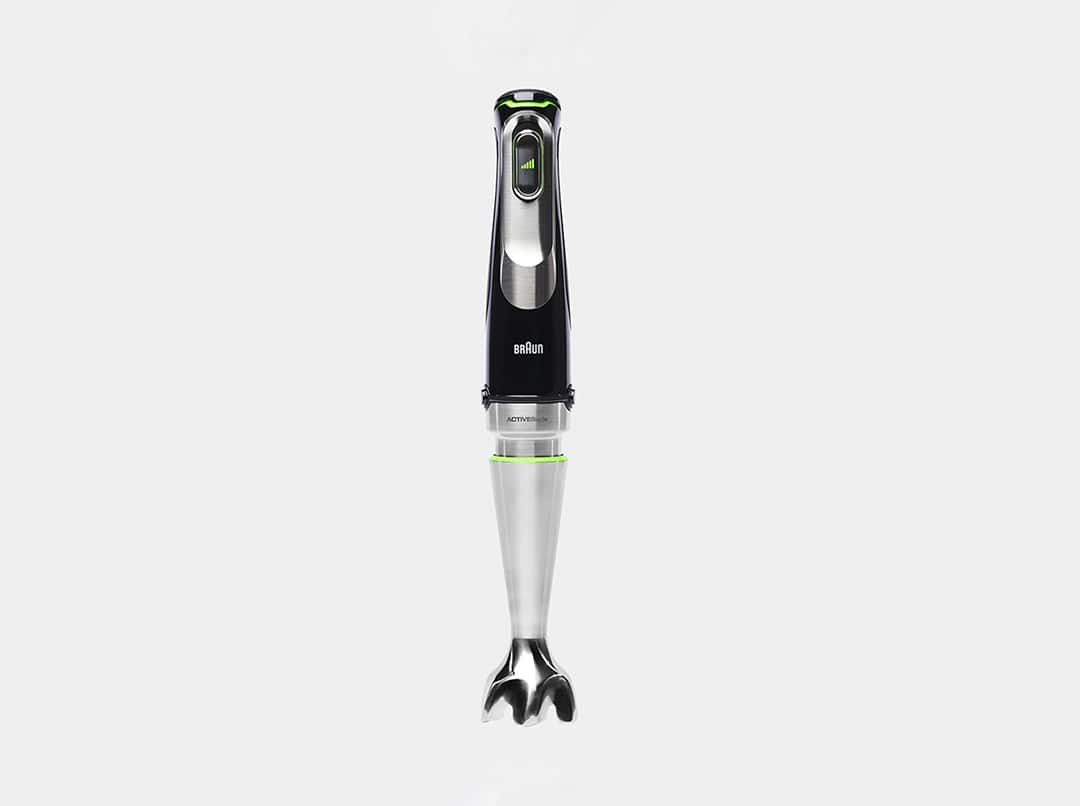
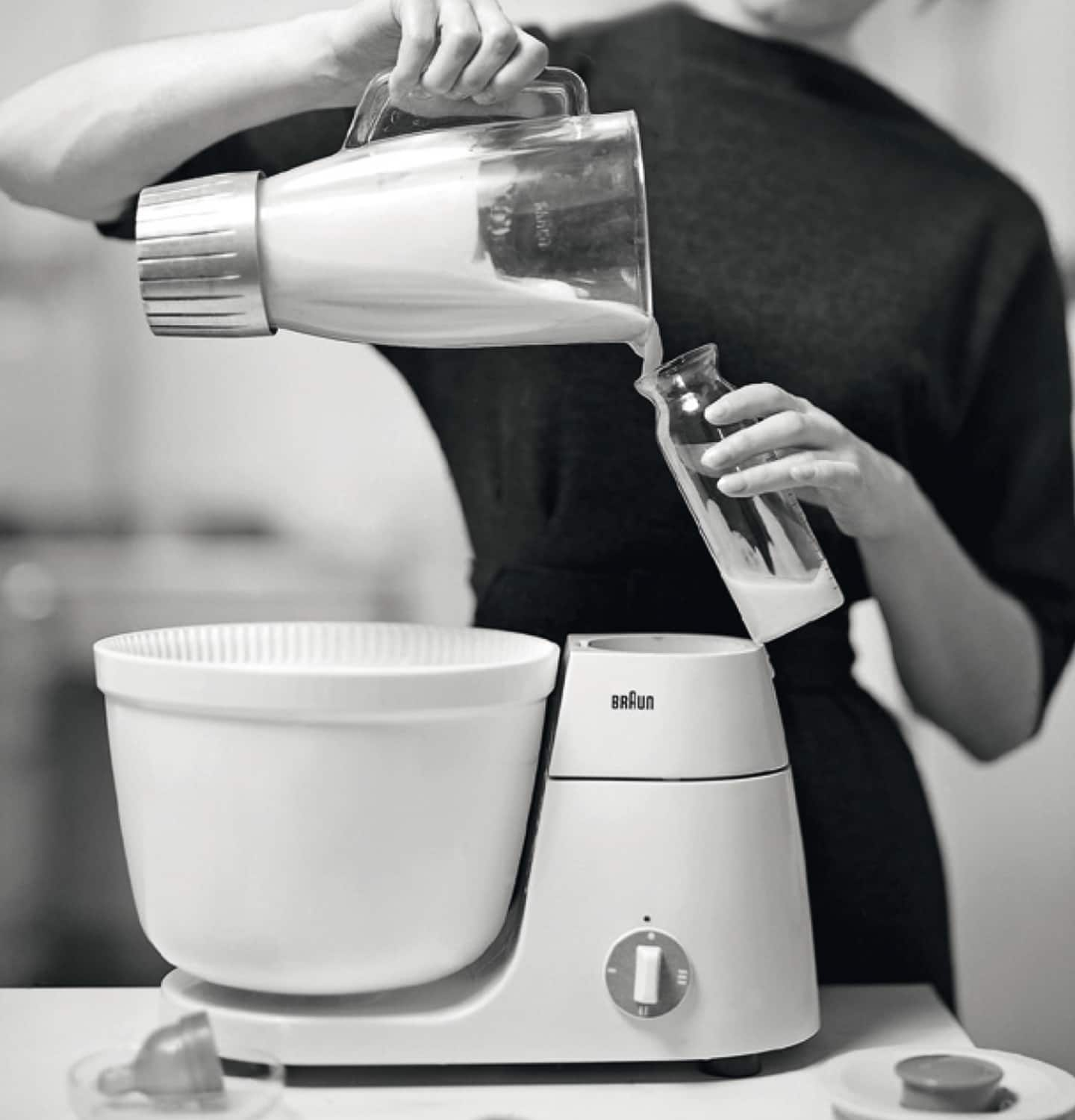
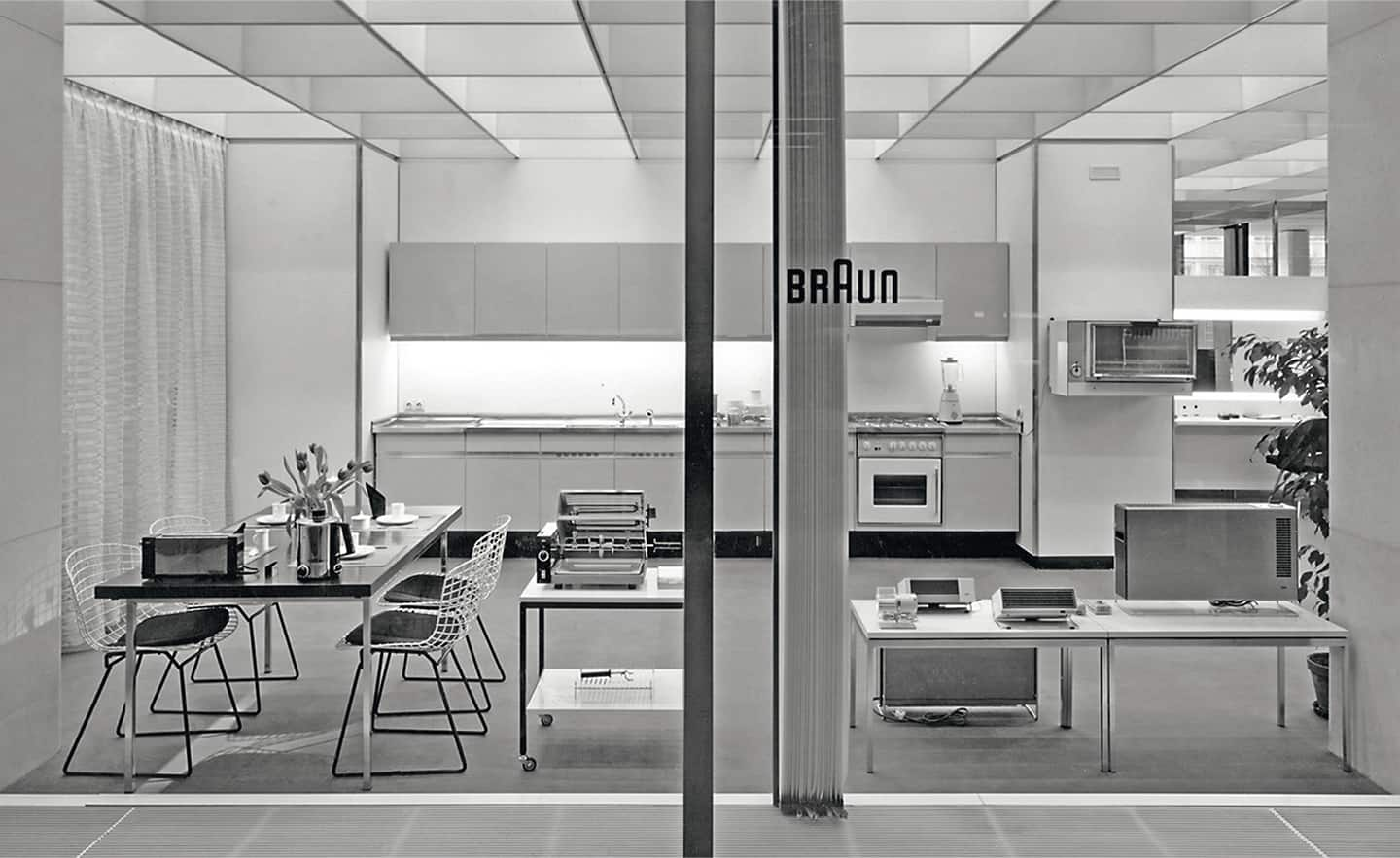
Norge
Klikk her for å komme til det globale nettstedet.
